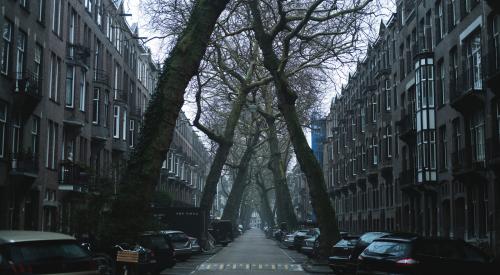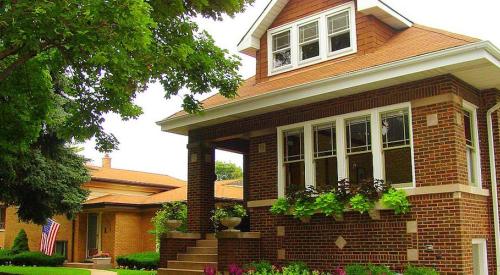Currently, the share of for-rent housing units built within the past 10 years is at an all-time low, while both the supply and prices of rentals built more than 30 years ago are rising.
Why does this matter? Because, according to a report from Apartment List, an online marketplace for apartment listings that analyzes price appreciation and inventory data of rental units by age, it signifies a disruption in the “filtering process.” And that process is a key indicator for maintaining an affordable rental market.
Typically, filtering occurs as luxury rental units in both single-family and multifamily structures age and are repurposed, or “filtered,” to become a source of affordable market-rate units for entry-level renters.
In 1980, the share of such “newly filtered” rental units accounted for 24 percent of the total units available, while older units had a 41 percent share. But in 2016, newly filtered units represented just 9 percent of the total stock, with units built 30 or more years ago making up a 66 percent share, the highest level recorded to date.
In addition, these older rental units are experiencing the fastest price appreciation, primarily because new-construction activity is down and remodeling activity keeps rising as interest rates continue to tick up.
Indeed, the median rent for units built before 1960 increased 21.4 percent between 2000 and 2016, while rents for units built from 1990 to 1999 rose by just 6.5 percent.
The upshot: Rather than supplying would-be renters with much-needed affordable housing, the funnel of filtering homes is failing to keep up with demand.
At the national level, the bulk of rental housing units were built during the 1970s and ’80s, and the study predicts rental prices for these units will continue to grow.
According to Apartment List’s report, in 36 of the 50 largest metros, today’s households earning the median renter income would be cost-burdened by the median rental price. This highlights the current dire need for affordable options serving the lower and middle classes.












